Tyne and Wear HER (7963): The Picture and Variety Palace, Bank Field Terrace.
The Picture & Variety Palace:
1 screen, 600 seats.
Located on Bank Field Terrace, off the main Newcastle to Hexham Road, in the village of Throckley to the west of Newcastle upon Tyne. The building was constructed out of corrugated iron on its side walls and roof. It was the former Picturedrome of Newburn (October 1910-1911) which was designed by architect E. Tweddle of West Hartlepool. It was dismantled and and transported to Throckley by operator Towyn Thomas in October 1912. An additional 12ft was added to its length. It was granted a Cinematograph Licence on 12th November 1912.
In July 1922 it was taken over by Charles Nichol and was re-named Imperial Cinema. On 12th December 1922 it was destroyed by fire. A car park now occupies the site
The village of Throckley was without a cinema until the Lyric Cinema was opened in 1935 (it has its own page on Cinema Treasures).
Lyric Cinema, Throckley
1 screen, 858 seats.
Located in the village of Throckley, which today is a district to the outer west of Newcastle upon Tyne. The Lyric Cinema was built by the E.J. Hinge Circuit and opened on 15th May 1935 with William Powell in “The Thin Man”. Designed by architect Percy Lindsay Browne in an Art Deco style, seating was provided in stalls and circle levels. There was also a cafe & darts club in the building, which also had a row of shops attached. It was equipped with a British Talking Pictures (BTP) sound system.
The Lyric Cinema was closed in October 1966 and became a bingo club. It was closed in 1976 and the building became derelict and vandalised. It has since been demolished and the site is now a car park for Sainsbury’s Supermarket. The end shop unit still stands and is in use as Lyric Wines.
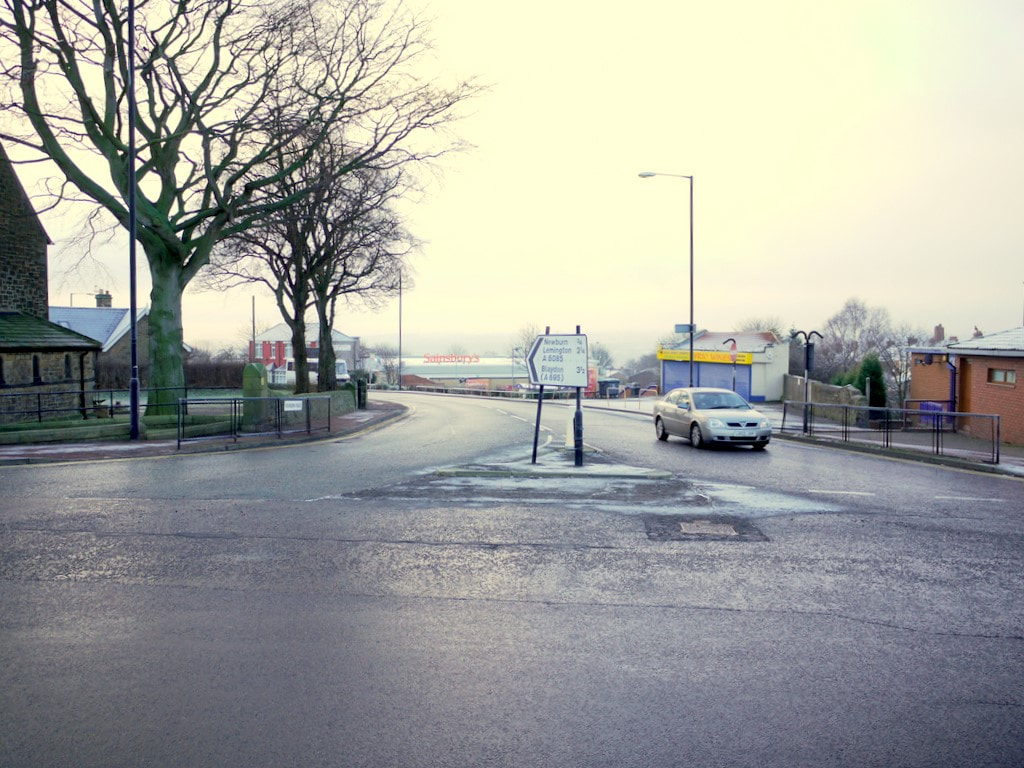

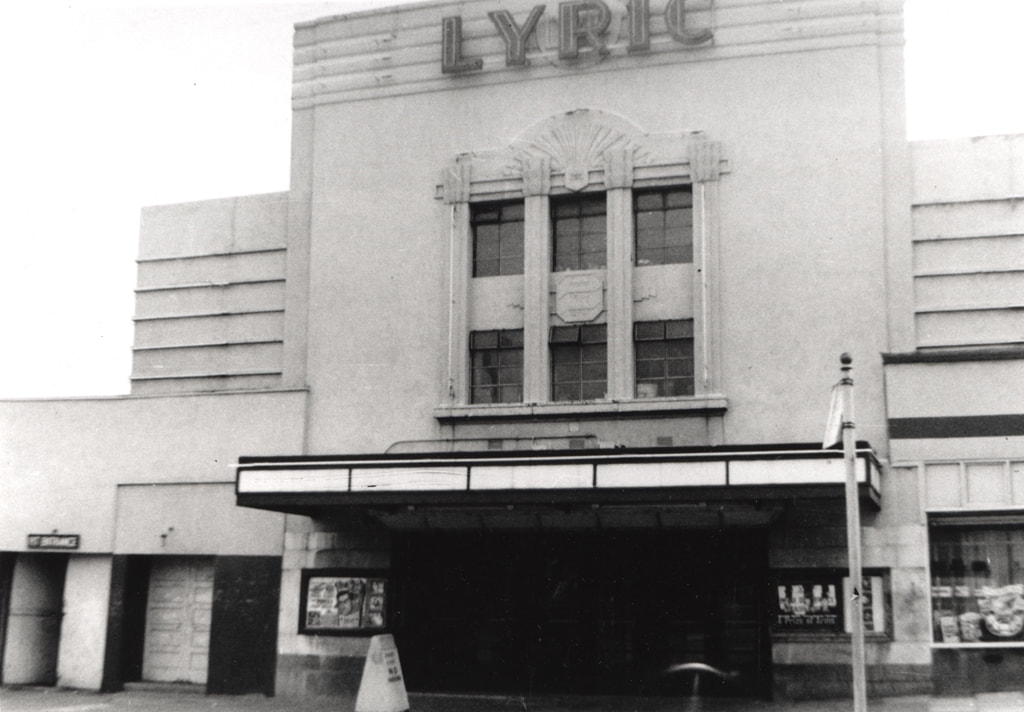
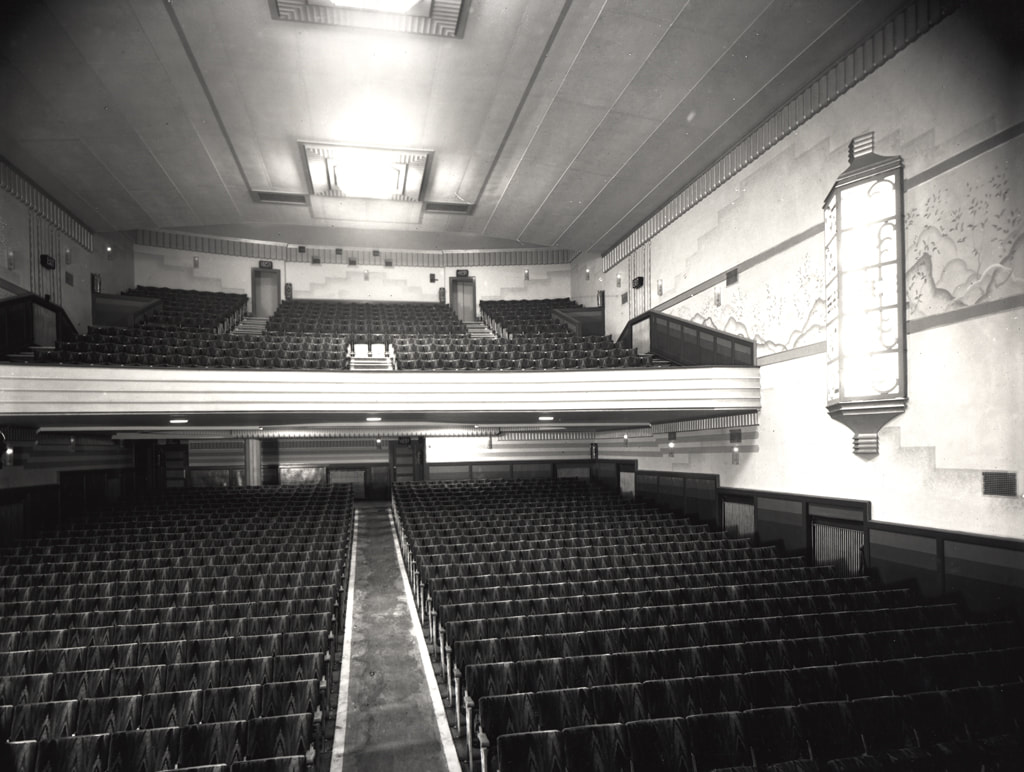
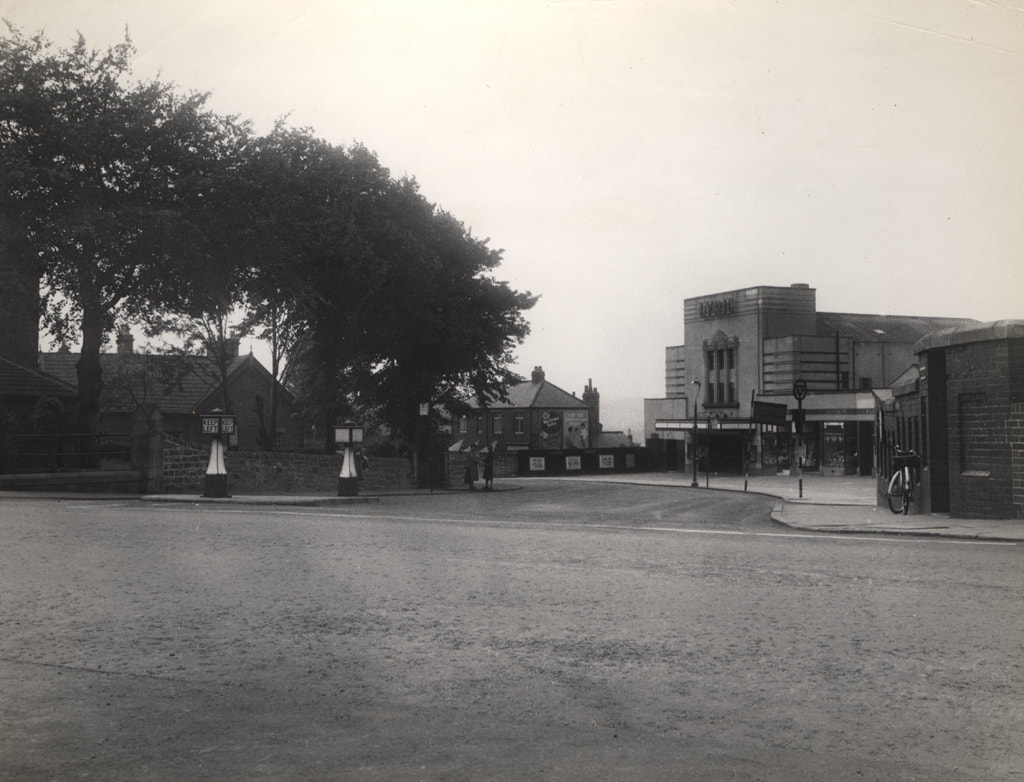
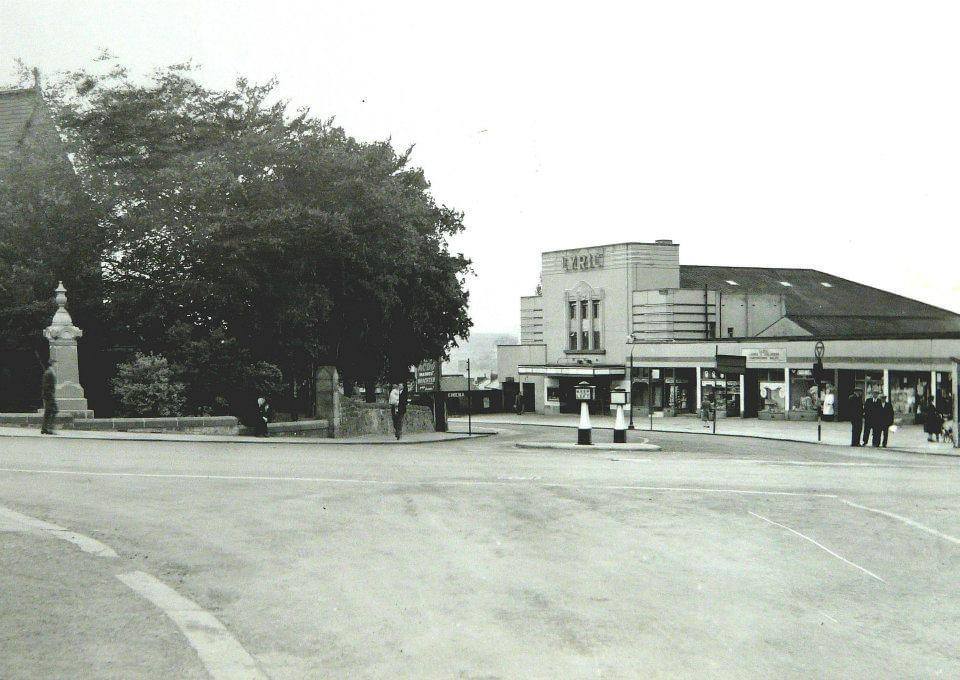
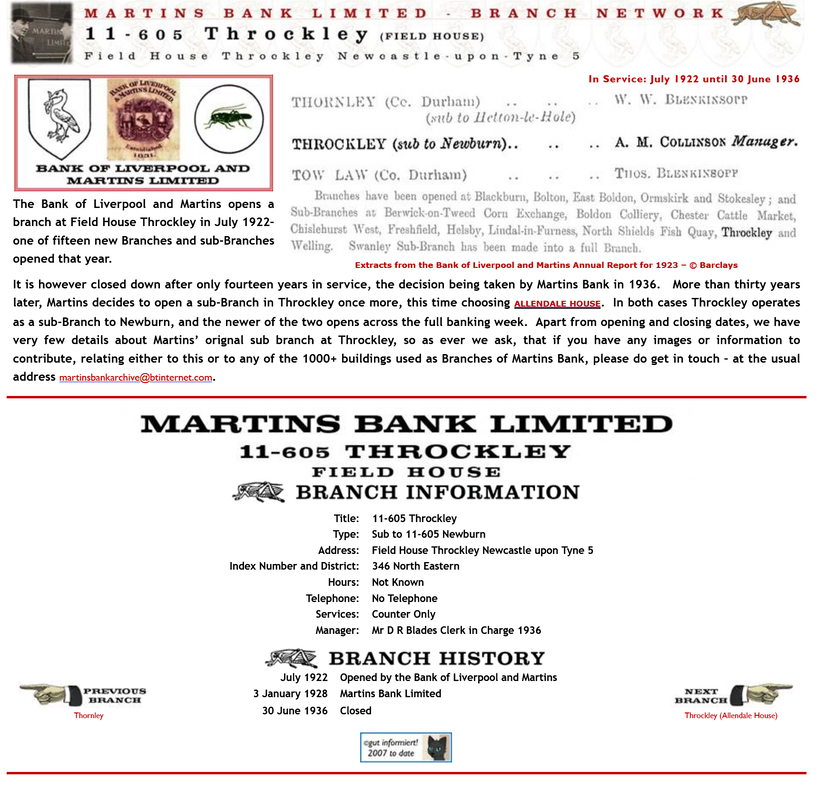
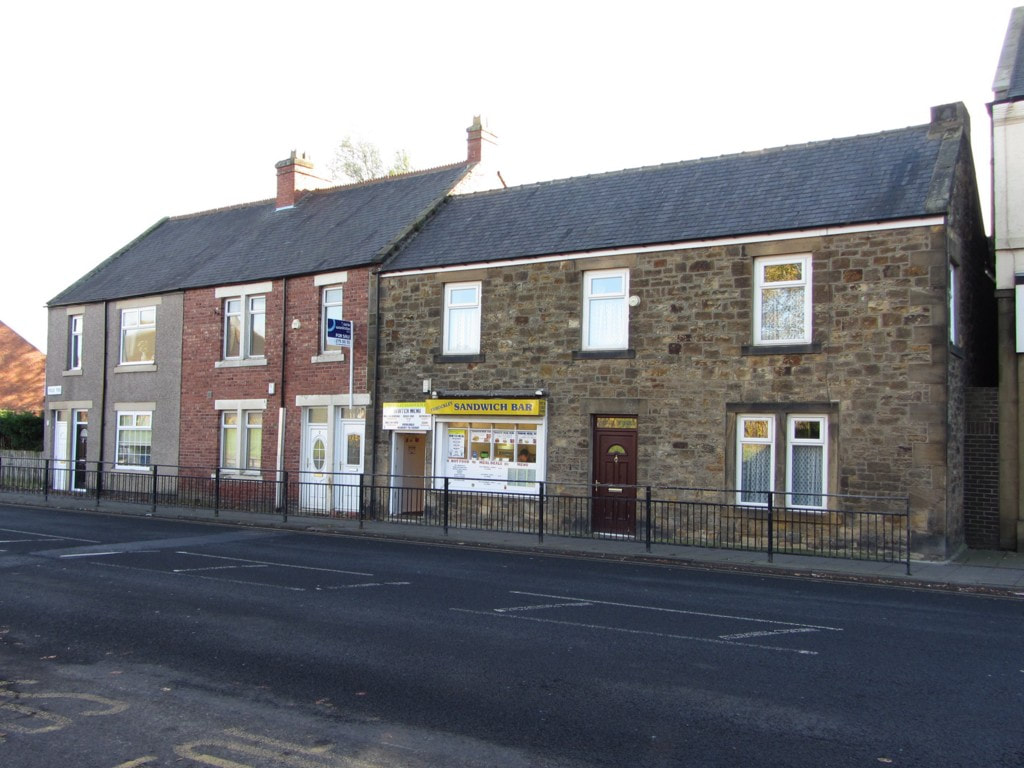
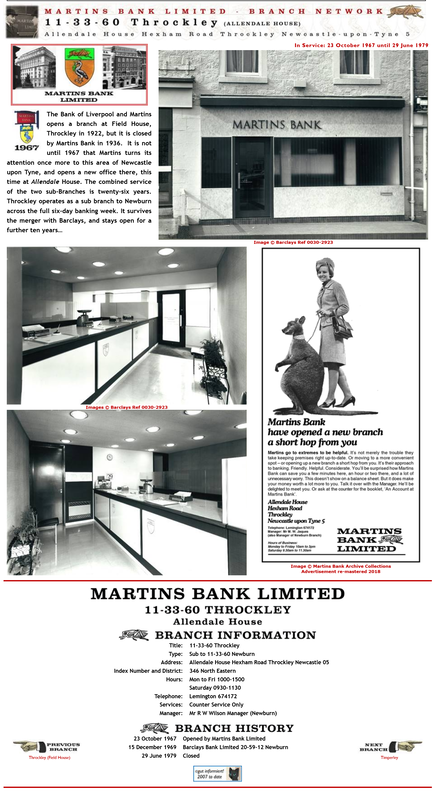
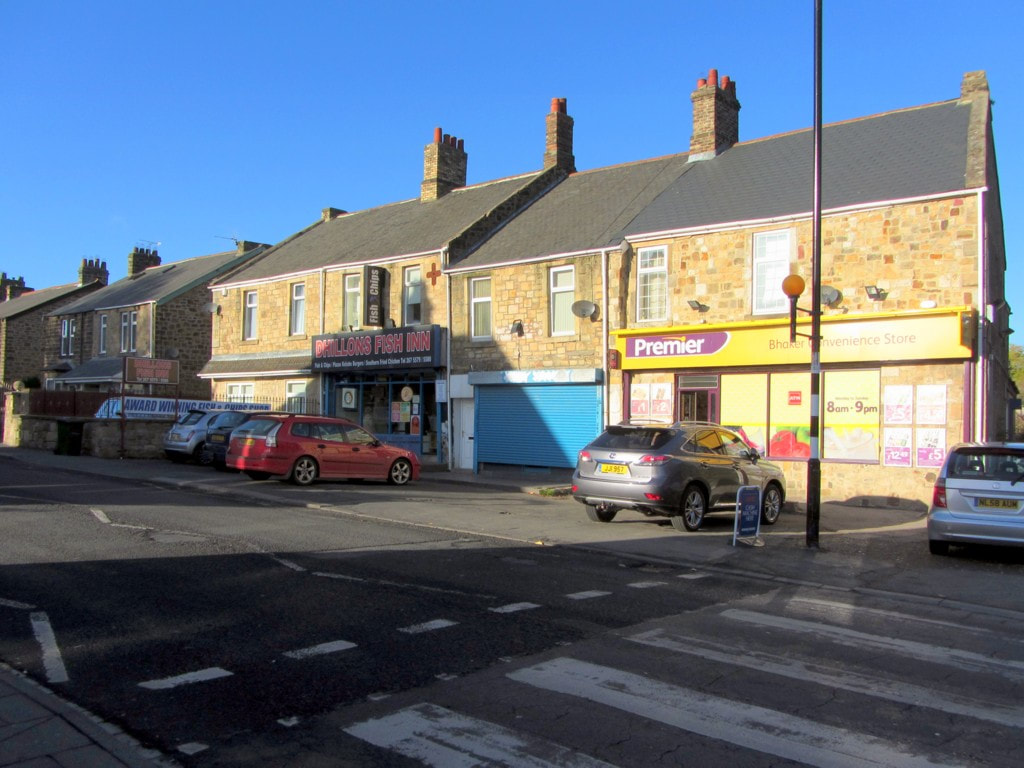
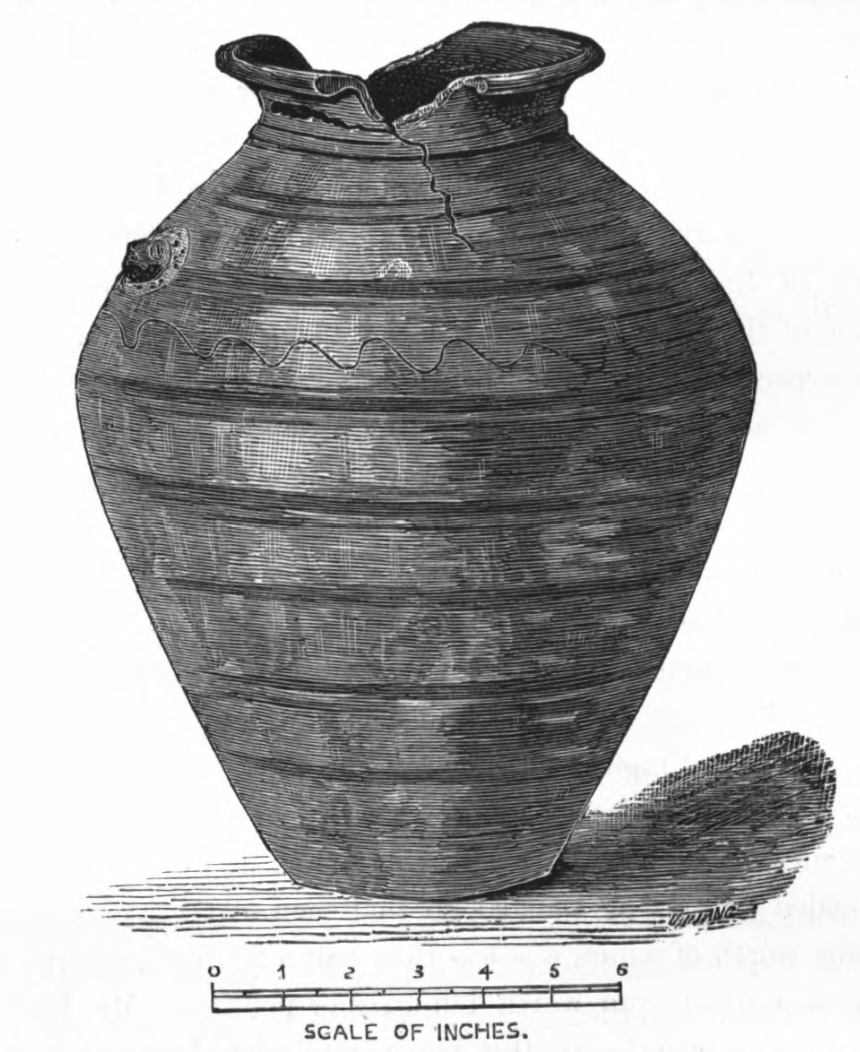
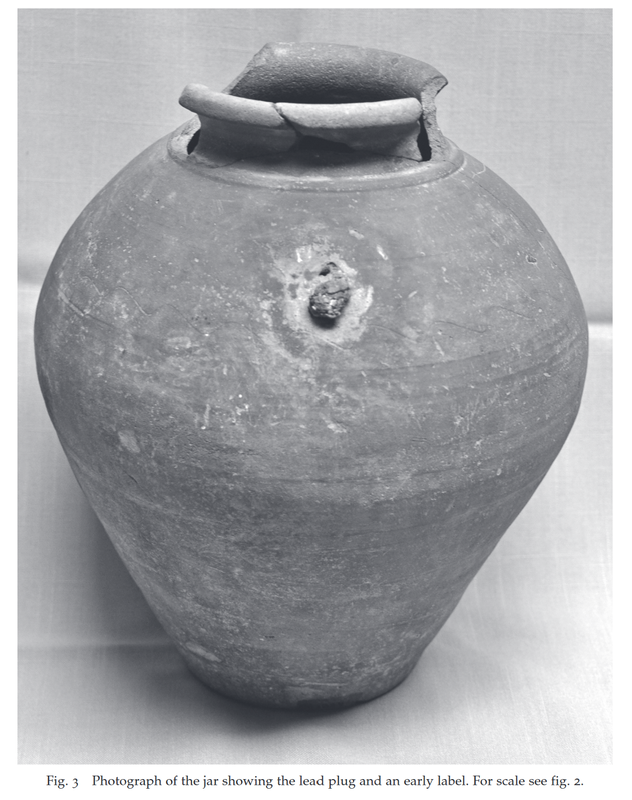
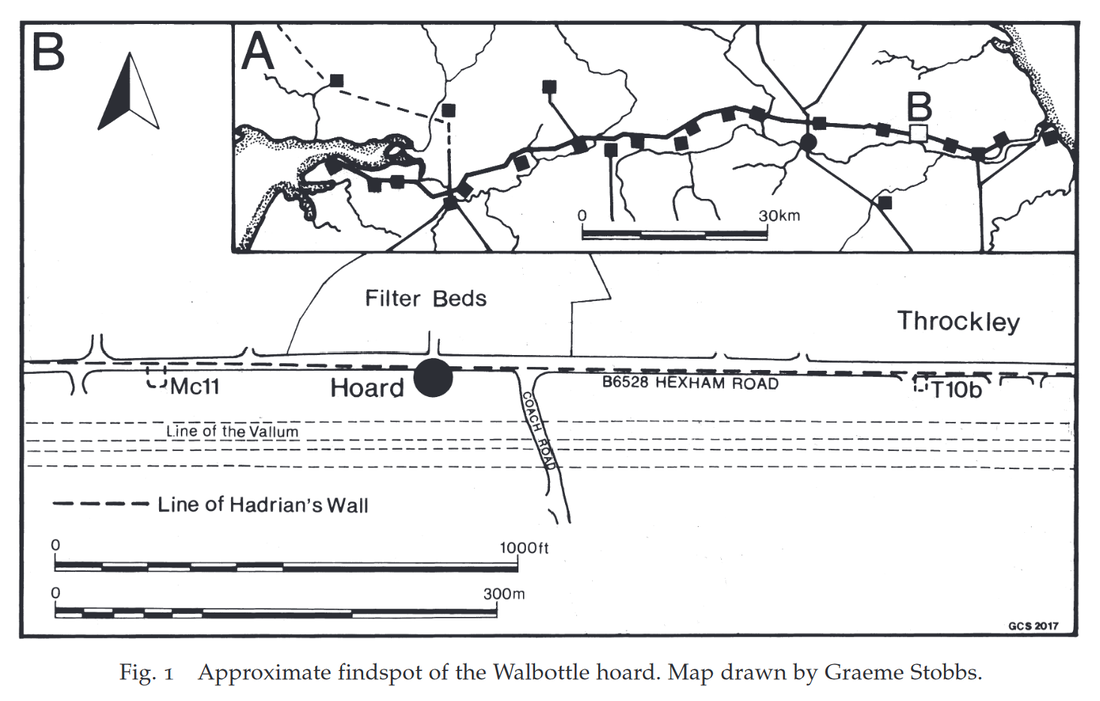
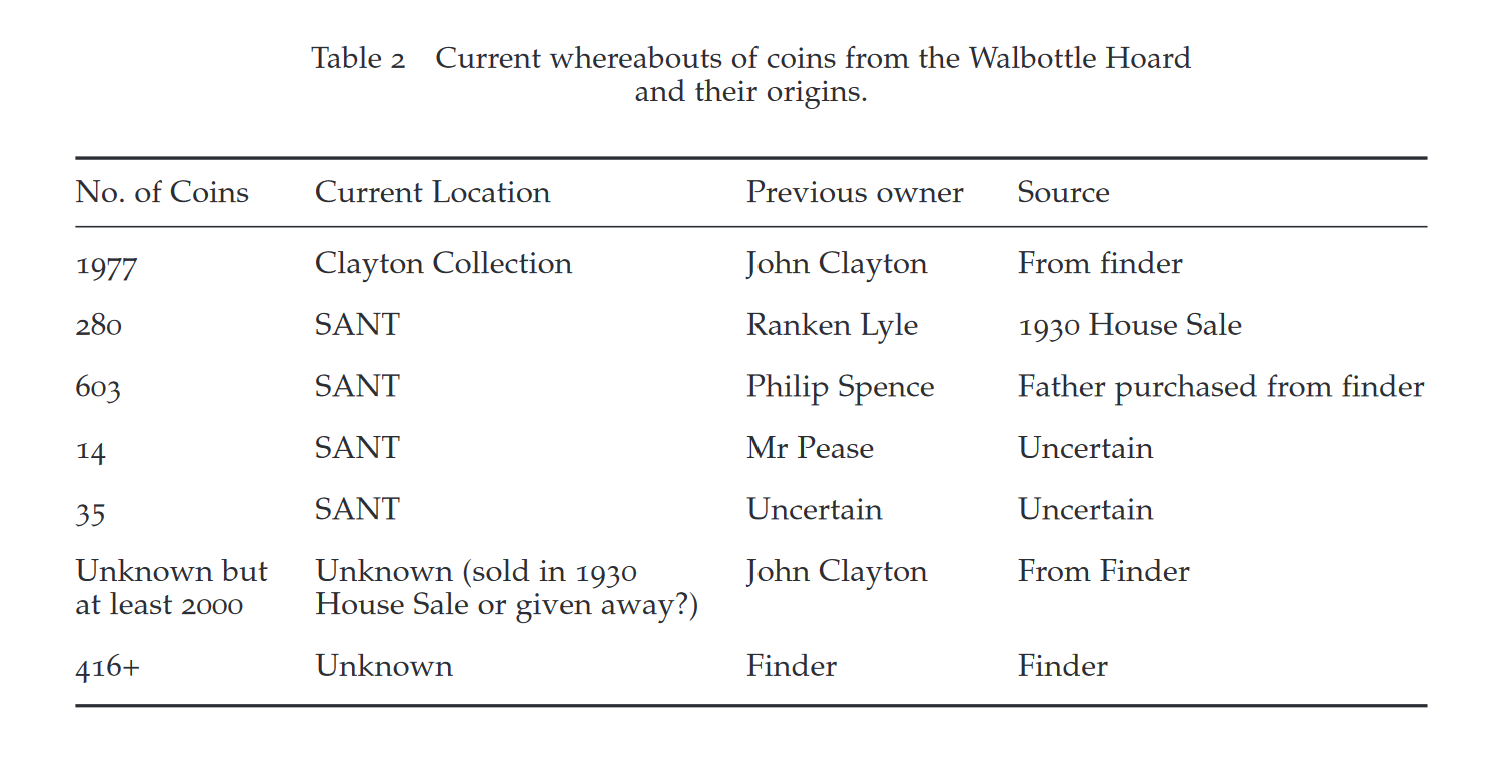
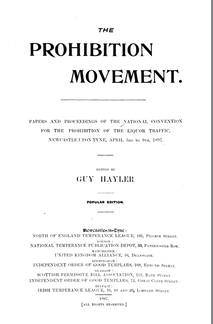
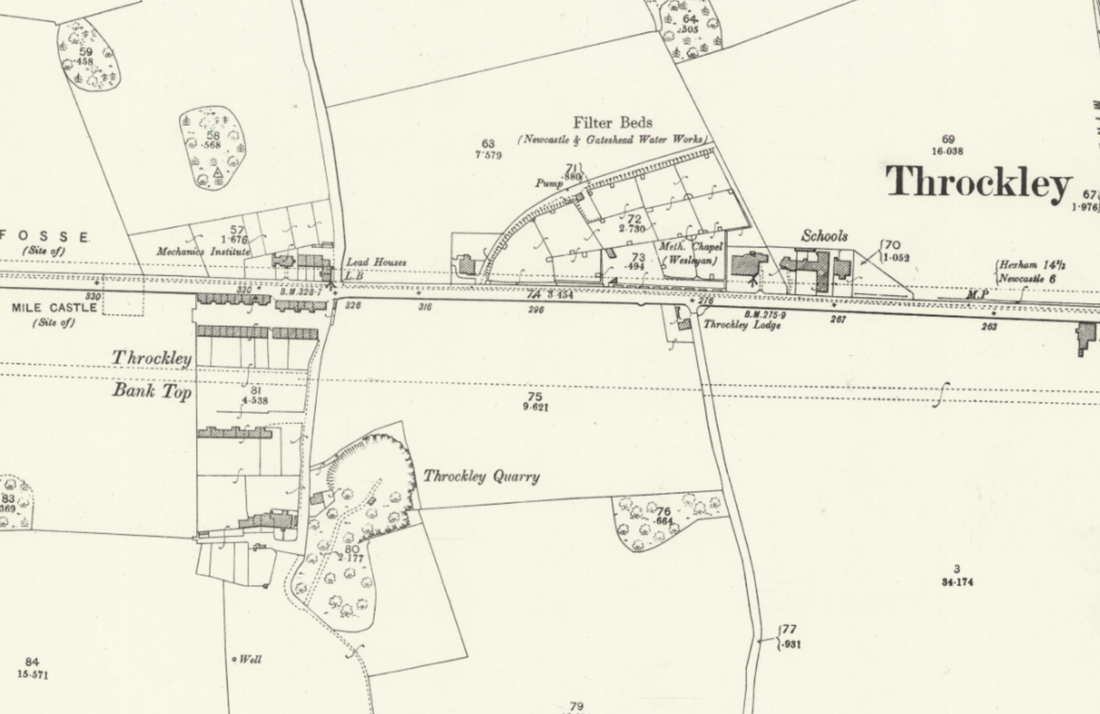
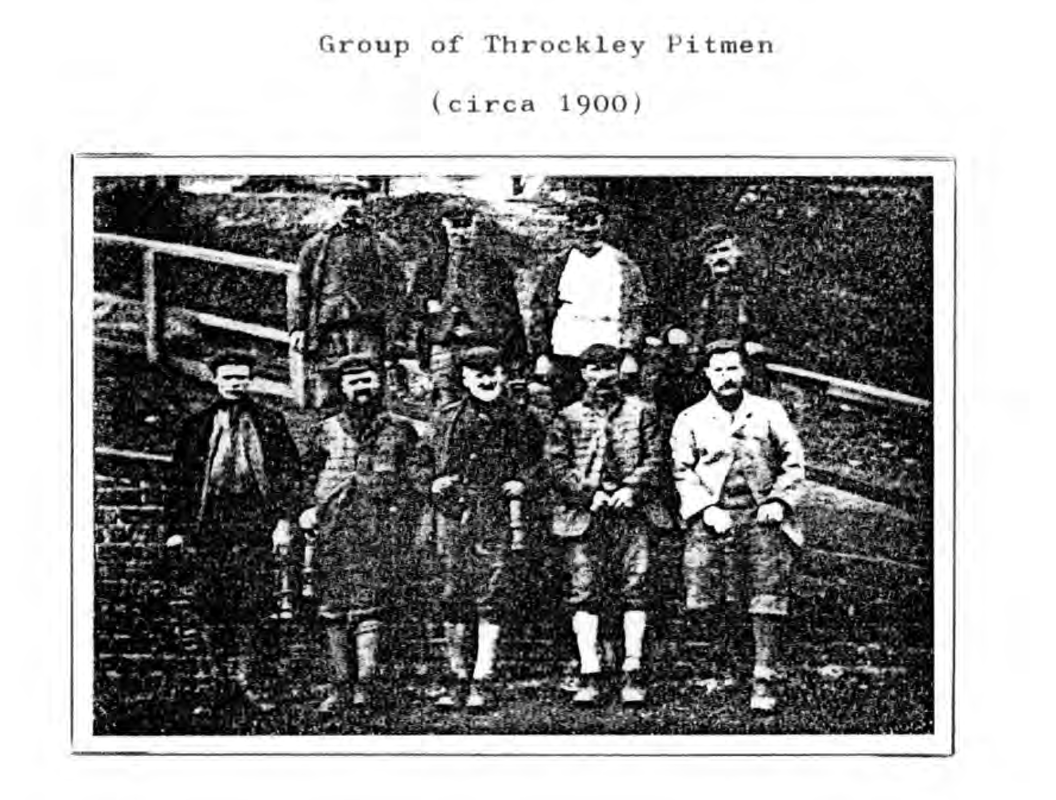
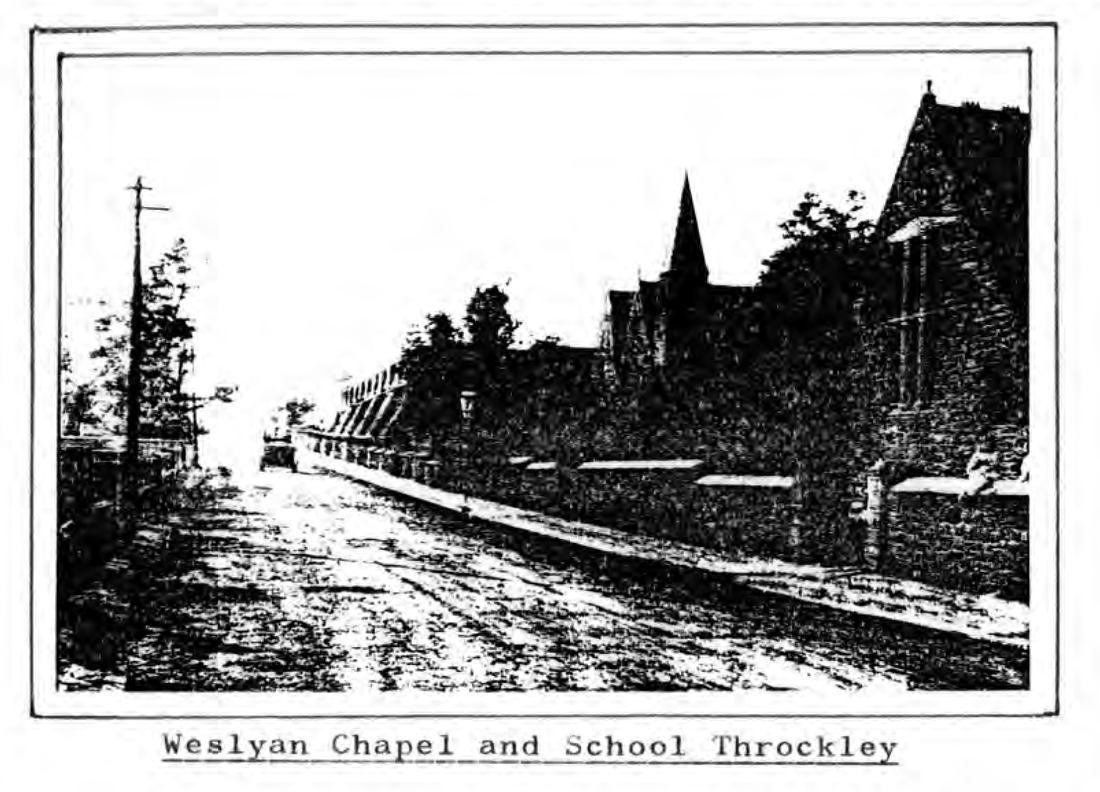
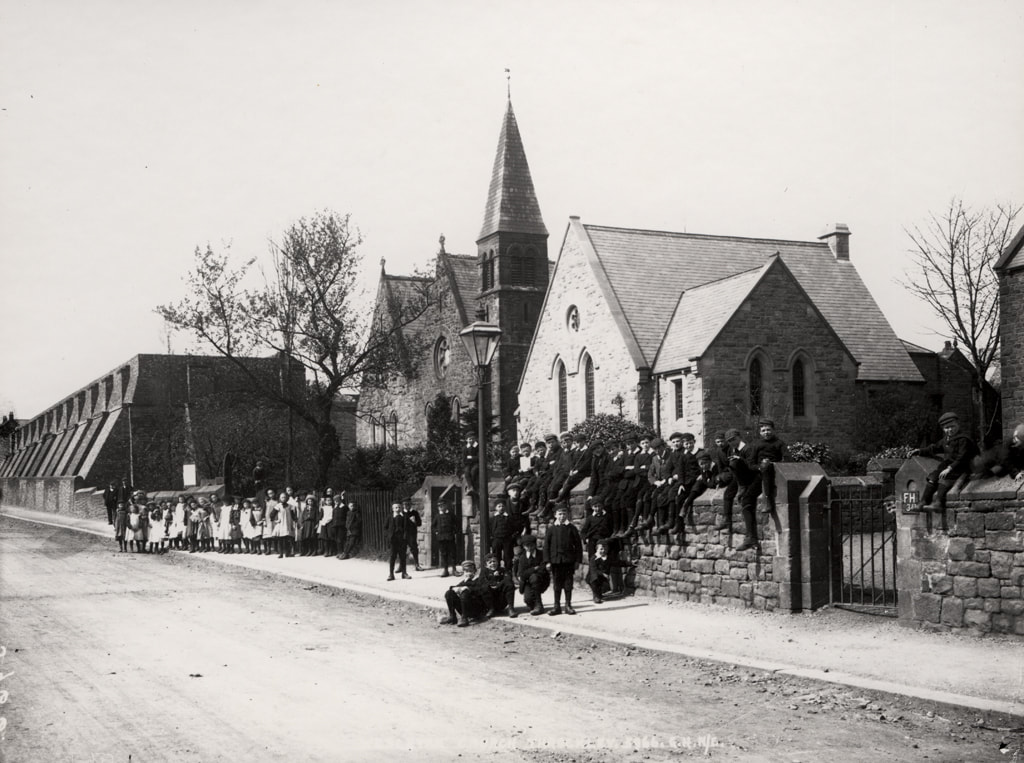
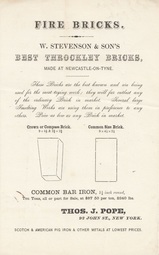
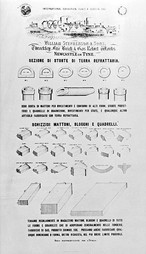
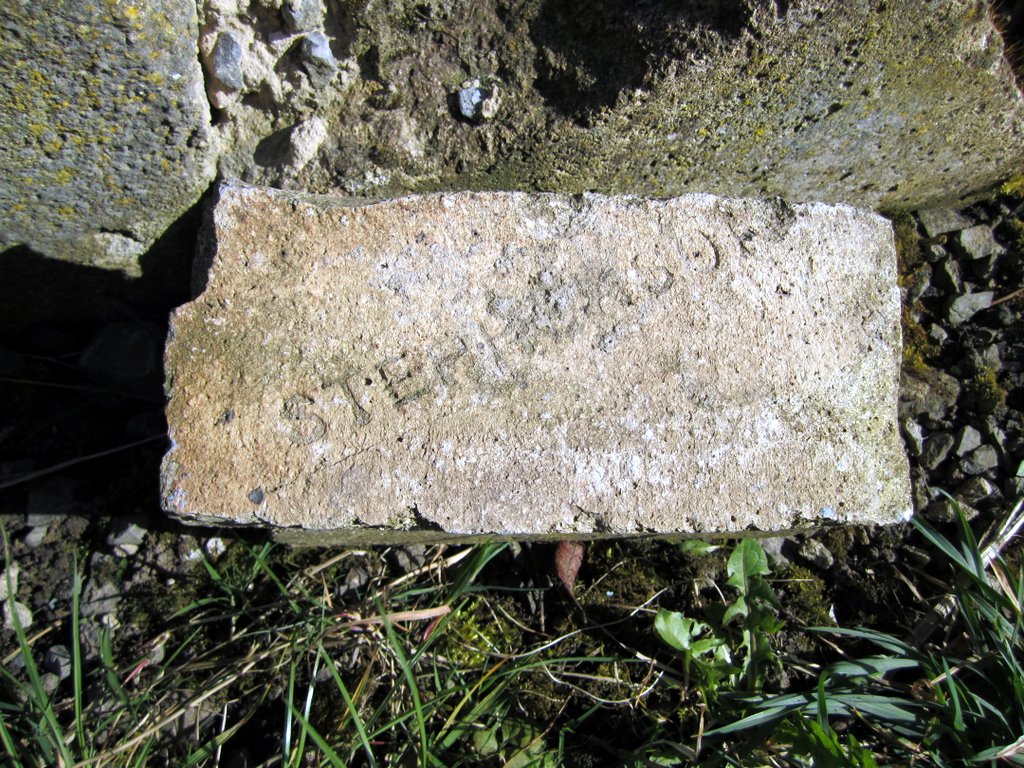


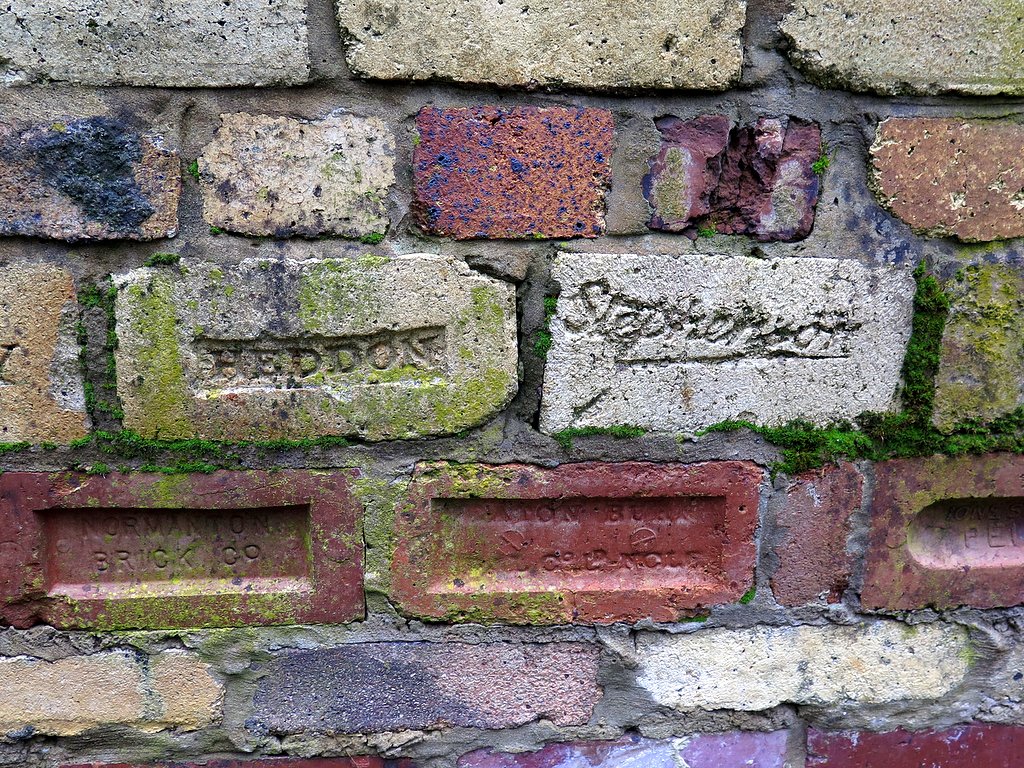
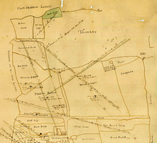
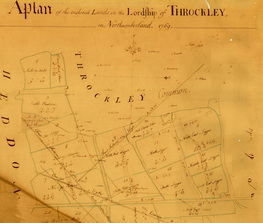
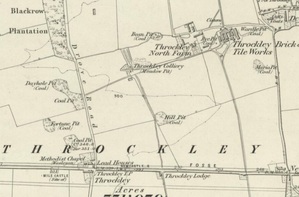
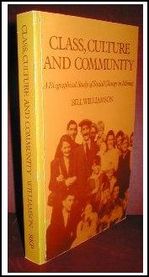
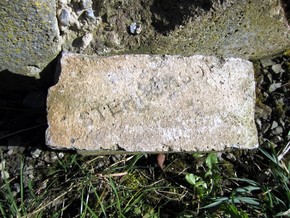
 RSS Feed
RSS Feed
